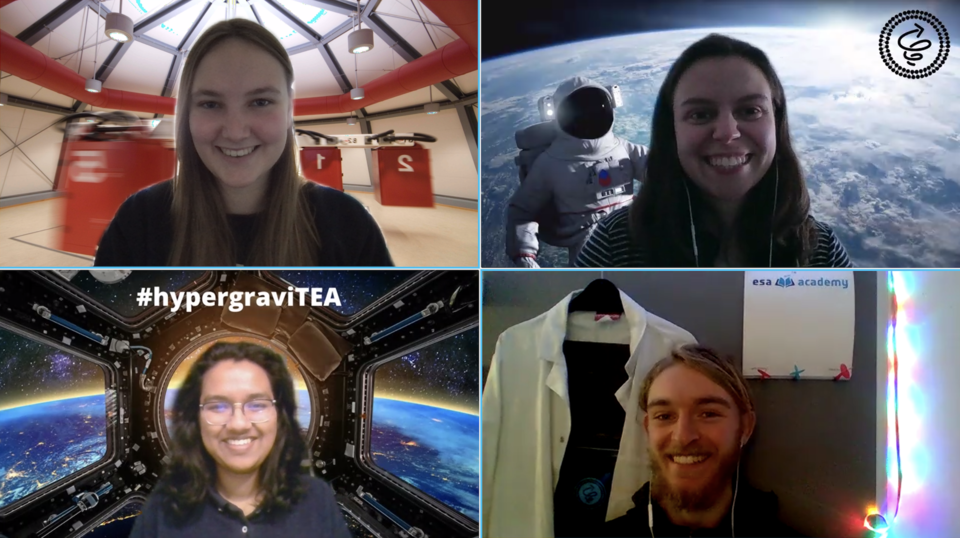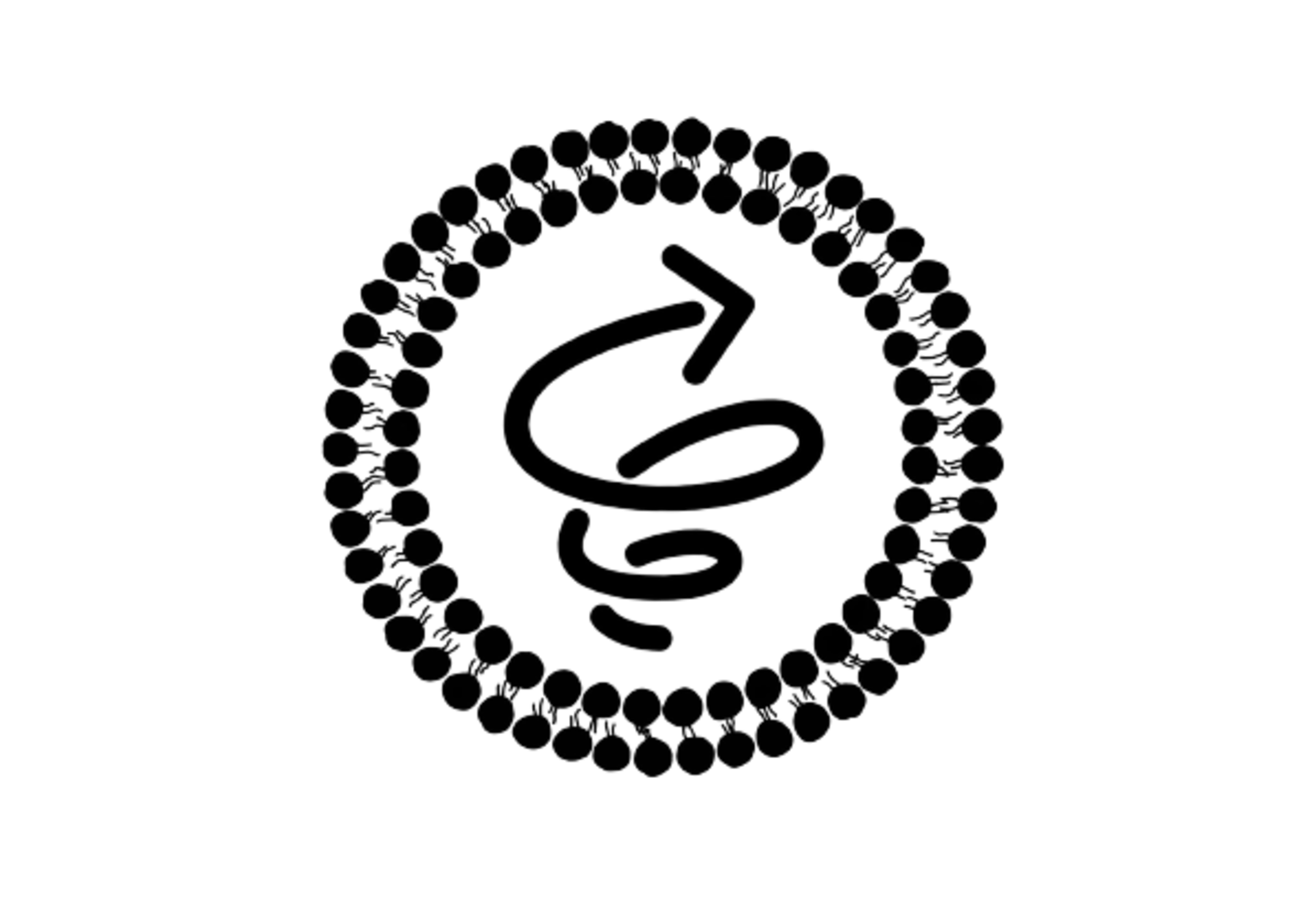Meet the team: NOAHS ARC
Passive transport within cellular systems is a key component of many biological processes, such as human nutrient absorption. Building on ideas formed at the Online ESA/ELGRA Gravity-Related Research Summer School 2020, our experiment will explore how this passive transport mechanism would perform in off-nominal gravity using the LDC.
Our proposed representative system is the absorption of glucose into Giant Unilamellar Vesicles (GUVs) initially saturated with sucrose. GUVs are widely used in cellular research, and enable convenient experimental manipulation. By observing the absorption behaviour in the system with fluorescence microscopy, we will study how different metrics of the absorption process are influenced by varying g-levels. The parameters we will study are GUV size, surface density of GLUT1, and initial glucose concentration. Our proposed experimental setup includes a microfluidic chamber, where the GUVs will be trapped, in order for the glucose transport to take place. A fluorescence imaging microscope will be used to record real-time concentration profiles, enabled by a resorufin reaction using Amplex Red dye. Installation of a simple fluid management system is also proposed, as it could reduce the need to stop and start the LDC too frequently by flushing and collecting waste between trials.

The total timescale of each experimental run has been estimated to be approximately 3-5 minutes, including glucose diffusion through bilayer, GUV saturation time, and other equipment-related processes. Currently, we expect the rate of transport to increase with increased g-level, due to the increased potential gradients across the membrane. This gradient is initially set up by the density and osmolarity difference between sucrose (within the GUVs) and glucose (to be pumped around the GUVs) at the start of the experiment. We are hoping to collect large amounts of data across several experimental trials, in order to obtain statistically valid conclusions that answer our research questions.
Do you want to get regular updates on the progress of the experiment NOAHS ARC? Follow the team on their media platforms!


